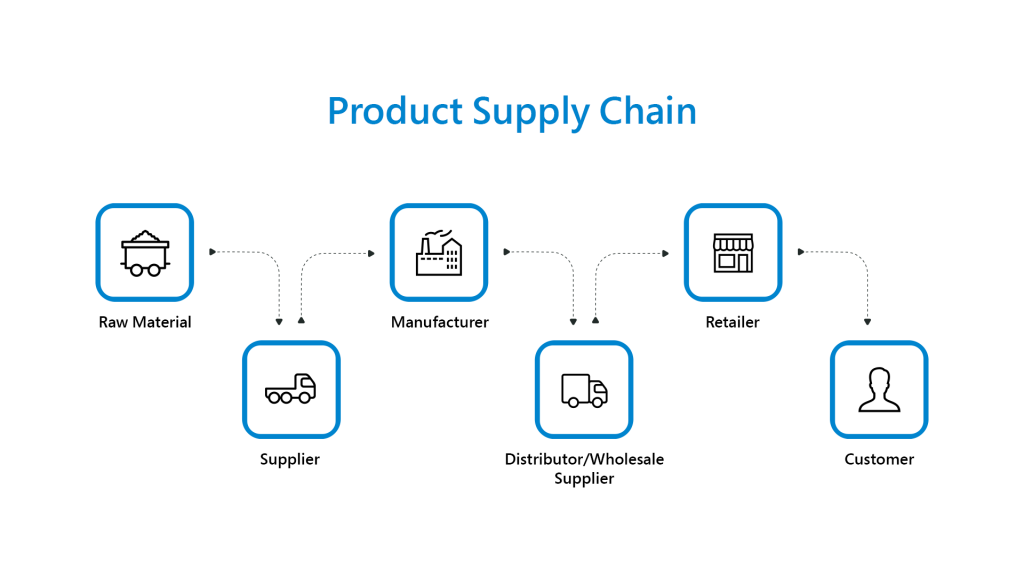May 7, 2021 | Digital Marketing, Digital Transformation

The wholesale distributors buy products from manufacturers and supply or sell them to customers, which more likely are retailers, commercial establishments, or business professionals, at a wholesale price.

The sub-segments that were majorly affected due to the covid 19 crisis:
Pandemic impacts: The Healthcare industry was the most affected industry during the Covid 19 crisis due to the high demand for medicines and other important equipment like thermometer PPE kits.
Early in the crisis, the demand rose because of increasing patients. It greatly affected manufacturing hubs like China and India. The national government had banned exporting certain drugs, PPE kits, and other essentials for covid 19 patients. As the pandemic continues, the demand has started normalizing, but still, demand exceeds supply in some cases. The healthcare distributors have started increasing the amount of inventory and implanting processes to ensure that the customer and areas that need the most treatment get it.
Analytics and insights: Various analytical software like Power Bi has helped the healthcare sector get an insight on the demand and supply and gap therein. These insights have helped them make a plan to deal with the demand-supply and gap and future demands. This helps them analyze the current situation and their working accordingly.
Communication: Software like MS Teams has made a great impact on their communication chain. Not only locally but across all their channels and branches, this software helps communicate quickly and easily. It gives the option of chat, call, and video chat.
Pandemic impacts: With the rise in cases and increase in pandemics, the companies had started giving work from home. Now while working from the home need of new tech equipment’s had increased. Like Wi-Fi or new gadgets etc., and this had a positive impact on the industry. Overall, the spending might decrease in this situation in this industry, but it surely will take a hike in the long term.
Application and Development: Application and development software was a huge help during the pandemic. Many companies and enterprises that went online had their application of websites made, and this helped their business.
Analytics: Analytics helped the sector get an insight on the demand of the equipment and supply for the same. Products like computers, Wi-Fi routers, laptops have been in a lot of demand due to work-from-home situations.
Pandemic impacts: The restaurant industry accounts for a big part of the economy. This sub-segment has experienced the most significant disruption in the pandemic. The vital industry lost more than $120 billion in revenue and is hit harder than any other sector. Four in Ten restaurants have closed down with no hopes of opening back. 75% of operators are saying it’s unlikely that the industry would be profitable within the next 6 months. The National Restaurant Association has asked Congress for authorizing and appropriating $240 Billion to Restaurant and Foodservice Industry Recovery Fund. Even if $120 billion get approved, this will be among the slowest industry to bounce back.
Analytical software is a great help in this situation. These applications help determine the current situation and future insights derived from current data. This helps the sector get an insight on how the future looks and how to deal with that or make changes to increase the profit or cover up losses.
Pandemic impacts: This is the second most affected sub-segment as manufacturing came to a big halt due to pandemics. Supply plants were closing off, and people were being laid off due to lessening demand and overstock in the supply chain.
The industrial distributions that could handle the internet and e-commerce have seen a rise in revenue, while those reliant on face-to-face have seemed to decline.
Some customers have wrapped up current ongoing projects as well as postponed some, and the distributors can see the downtime of this sub-segment. The distributors are seeking a way to get aid from the government and lower their costs as a way to sustain their operations until this segment recovers.
Sales order applications and sales analytics, and consumer consumption insights are some of the applications and software that can help the industrial distribution sector buckle up after the pandemic’s major hit. Other software is also there to help them with it are product revenue analytics, with a review of products and how the market reacts to them as in its demand and stuff.
Thus, technology has played a significant part in the wholesale and distribution industry during and after the COVID 19 crisis. And these technologies played a crucial role in the revival of the subsectors like food distribution or industrial distribution. Digital transformation is an integral part of this industry now.